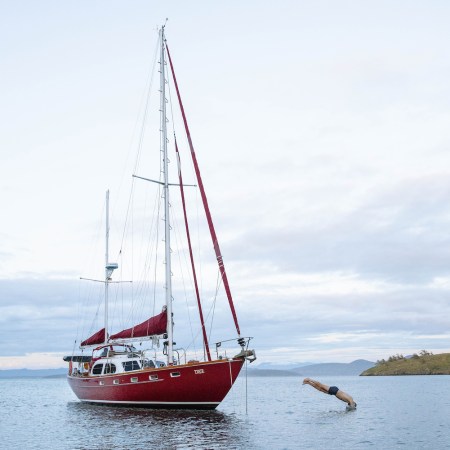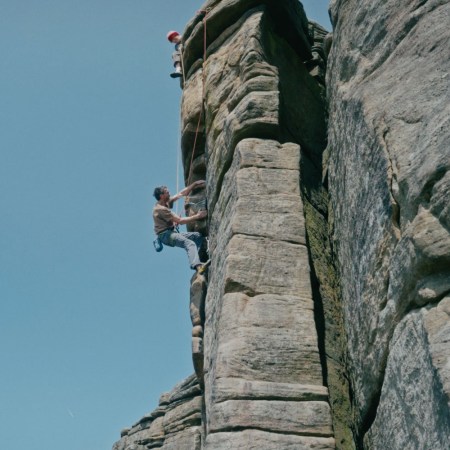Back in May, we reported that the Trump Administration had sent Secretary of Interior Ryan Zinke on a mission to remove or shrink the National Monument status of 26 sites, most of which had been designated under the Clinton and Obama Administrations.
If you doubt that this is a spite-fueled endeavor and/or purely fueled by business interests, consider this:
The Trump Administration issued a public inquiry into whether the public supported keeping these places wild, and of the two million responses they received, 98% were in favor of maintaining them as federally protected spaces.
But despite popular support for these wild places, President Trump announced plans to reduce both Bears Ears and Grand Staircase-Escalante National Monuments by 85% earlier this week. This triggered a slew of lawsuits against the Administration, including one from Patagonia founder Yvon Chouinard, another from nonprofit Earth Justice and a third from five Native American Tribes.
Can they sue? Yes. According to Nick Bryner at UCLA Law’s Legal Planet, “no president in history has revoked a prior president’s monument designations. The Antiquities Act doesn’t say that you can revoke them.”
“There is a theory that the Obama and Clinton administrations overreached when designating their monuments,” says Bryner. “And that the current administration has the same right to revoke them.”
There are at least six problems with this line of reasoning:
- The Antiquities Act of 1906 doesn’t grant the president the power to revoke monument status.
- The lands in question weren’t actually state-run. They were already federal land prior to receiving monument status, so the idea that the then-Presidents were attempting a land grab or overreach is a stretch.
- The only way a monument can be reviewed for reduction is if there wasn’t significant input from local stakeholders, and in the instance of Bears Ears and Grand Staircase, there was. The vast majority supported maintaining the incumbent status.
- There’s precedent for maintaining the size of these monuments as well. The Supreme Court ruled in favor of The Grand Canyon’s size, citing the geology as an important scientific artifact. The same holds true for Bears Ears and Grand Staircase-Escalante.
- The President says that he’s “giving the land back to the people,” but the people can currently visit these monuments. Giving them over to the state allows Utah to mine or otherwise rent the land out out to business interests. People will not be allowed to visit those areas.
- The Bears Ears Interim Report says it’s redundant to call a place that’s federally protected “a monument” because it’s intended to be studied. They want to remove the legal principle that permits more than one designation within a wilderness, which creates a loophole that can undermine the Native American communities who live there in favor of business interests.
It’s possible that Trump’s proclamations were a way to test the courts, which could theoretically favor Trump given the number of vacancies he’s filling with conservative judges.
It’s also worth noting that Congress has the power to overturn a monument’s status. They haven’t because it lacks popular support, and it would likely get filibustered in the Senate.
What can you do to help?
- Support the organizations that are filing the lawsuits — like Earth Justice and Patagonia Protect Public Lands. They’ll need it.
- Stop using dirty products. The best way to leave coal and oil in the ground? Stop using things that require it.
- Invest in companies that are finding better ways of doing things so we have more of those things to use.
- Most importantly: visit our National Parks and open spaces and spend money in the communities around them. This will help the local economies and give the residents a reason to want the parks to stay.
This article appeared in an InsideHook newsletter. Sign up for free to get more on travel, wellness, style, drinking, and culture.
























